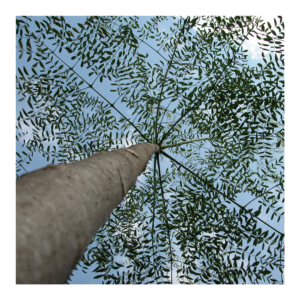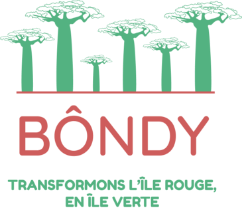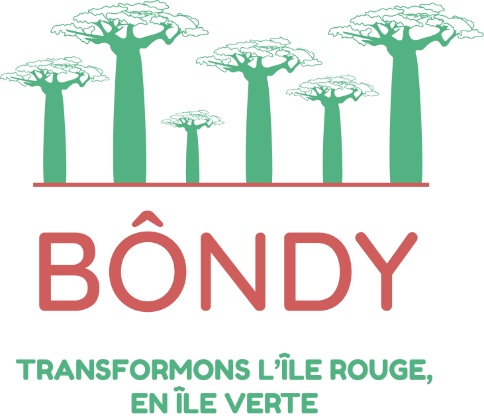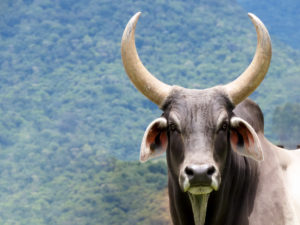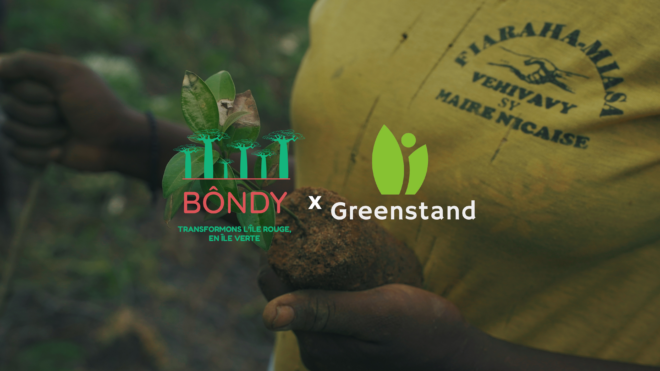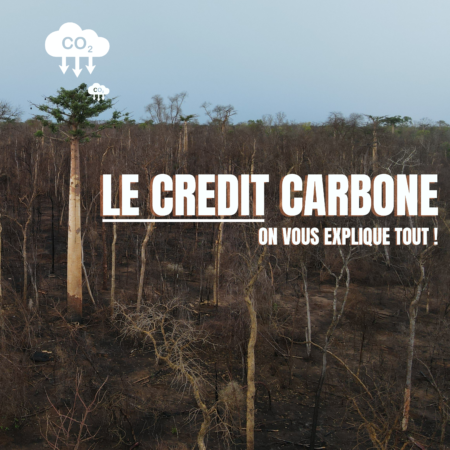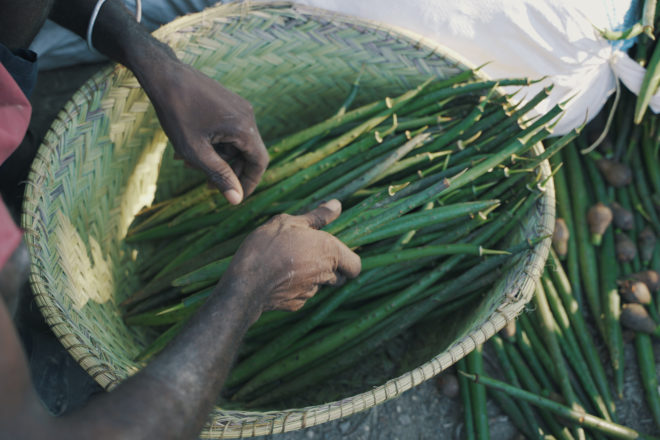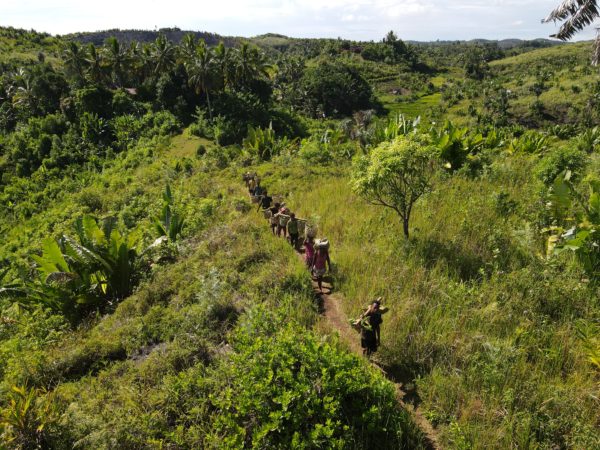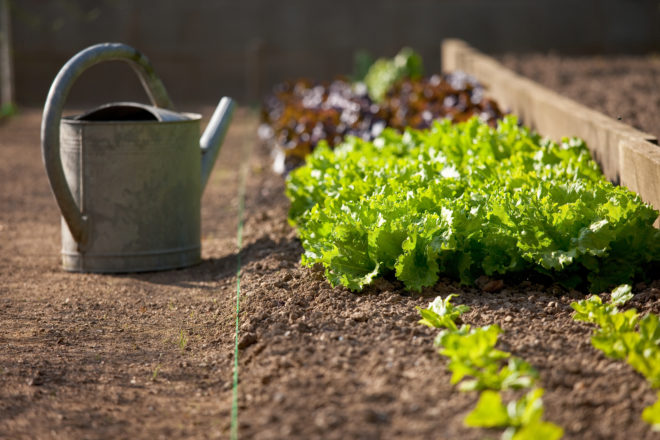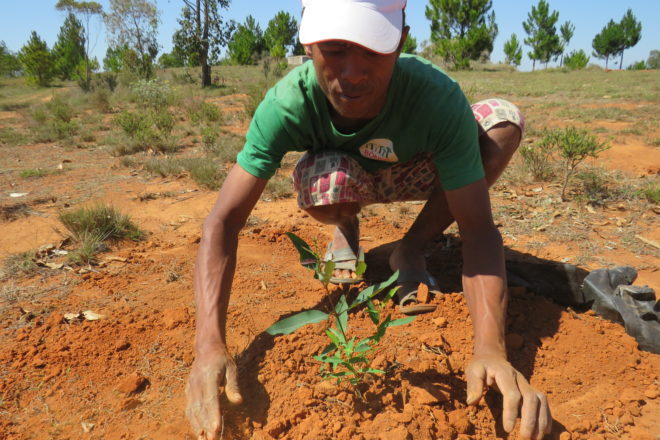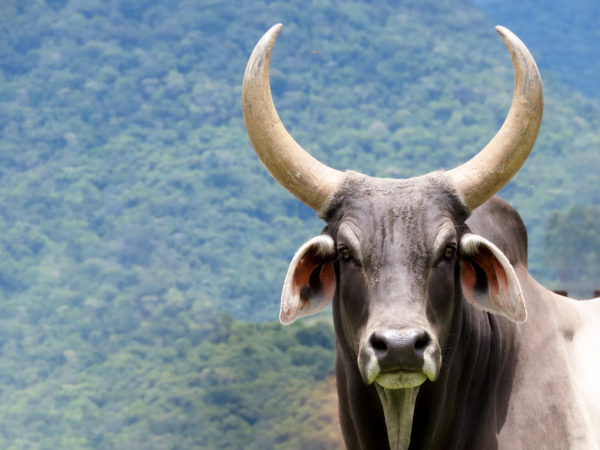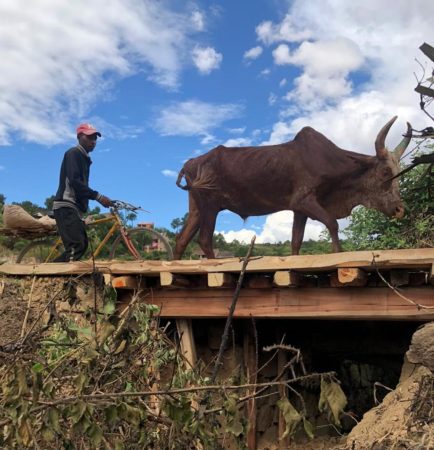Reforestation of fodder species, a crucial issue for all livestock farmers in Madagascar
Over the past two decades, the demand for livestock products has grown dramatically and continues to do so. Massive deforestation, slash-and-burn agriculture and soil erosion in Madagascar are making access to feed sources for cattle increasingly difficult.
In Madagascar, the cheapest way to feed domesticated herbivores is to lead them through natural vegetation: the animals move through "rangelands" in search of the plants or trees (or even grassland) they like. They ingest the fodder they need, if possible, while spreading their droppings.
However, the farmer generally has partial control over the ration of his animals: depending on the pastures and the seasons, natural fodder may be lacking or of poor quality. This can have repercussions on development, production (milk, meat, labour etc.) and health.
Jacques, 62, is a zebu farmer. He owns land and a herd of 13 zebus. He tells us that year after year, his zebus are getting thinner and thinner, because it is becoming more and more difficult to find sources of food for his herd. He has to travel a much greater distance than he did ten years ago to find edible pasture.
"The feed for my zebus varies according to their uses (...) The feed for the zebus that pull the cart is different from my zebus that produce milk, plough my rice fields or that I sell.
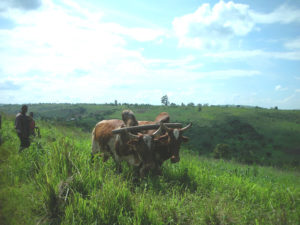
Indeed, food is complementary to each use of the zebus.
For example, a dairy cow, draught animals, young animals, males that are fattened for a festival or a sale, or a prestige animal must have a different and specific regiment. In this case, various supplements from the farm, crop residues (cereal straws and legume tops), kitchen waste, seeds (maize or sorghum), tree and fruit leaves (pods) or legume tops are used.
Fodder crops
There are many forms of fodder crops. You can sow :
- Grass to create improved grassland which will then be grazed or mown to make reserves
- Annual plants that will be fully harvested for silage and storage.
- Perennial species that are mown from time to time to obtain green fodder and that will grow back
- Fodder tree species for harvesting leaves, rich in trace elements. The tree's natural ability to regenerate leaves makes it an excellent source of fodder for livestock.
The choice of fodder species is based on the following four factors, which the farmer combines according to his objectives until the development of his fodder project:
- Plant diversity ;
- The diversity of tropical environments ;
- The diversity of uses;
- The diversity of production systems.
Agronomic characteristics
In rural areas where tools are in short supply, it is important to take into account the agronomic characteristics of one's crops:
- Ease of installation and maintenance: sowing or planting,
- Competitiveness against weeds.
- The ability to combine with other plants.
- Resistance to diseases and pests.
- Grazing behaviour, regrowth capacity, refusals, recovery after cutting.
In his needs analysis, Bôndy drew up a list of fodder tree species that meet the needs of herbivores for the partner farmers of the " Green Andramasina" reforestation programme.
Focus on Moringa
The nutritional qualities of Moringa are excellent, making it a very good and readily available source of fodder for cattle. The leaves are rich in protein, carotene, iron and ascorbic acid, and the pods are high in the amino acid lysine. In addition, Moringa has the distinct advantage of producing a large amount of fresh material per unit area compared to other forage species. Moringa is a particularly interesting source of fodder both in economic terms and in terms of productivity.
